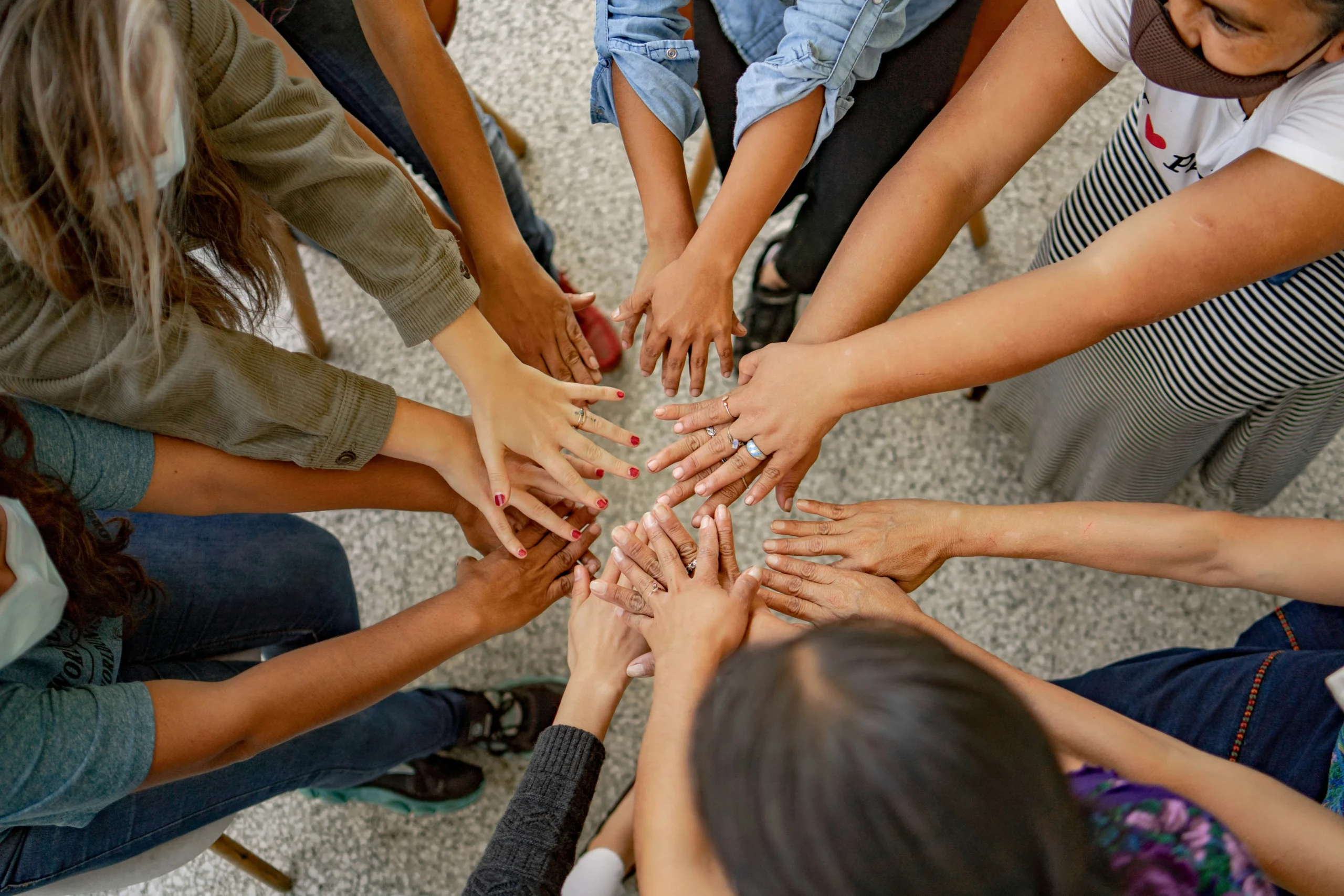5 Travel Destinations Where You Shouldn’t Drink the Tap Water
By Noah French
Tap Water at Home and Abroad
With kids just starting school, Americans now have the opportunity to reminisce over their summer vacations. For Americans, summer is the perfect time to travel. In fact, according to recent research by AAA, almost 100 million Americans, or 4 in 10 U.S. adults, will take a family trip in 2019. But as many of us take off work and prepare to join the elite club of global jet setters before the end of the year, it’s important to keep our safety in mind.
Here at Business Connect we realize that many Americans have grown accustomed to certain comforts in America, like drinkable tap water. It is our goal to improve individuals lives through improving drinking water. In many other countries, such a luxury does not exist. For instance, did you know that in vacation hotspot Fiji, which one of the world’s most popular brands of water was named after, an individual cannot actually drink the tap water? The good news is, there are plenty of countries that boast excellent quality drinking water that’s almost as good (if not better) than the bottled kind. To stay safe and avoid falling ill on your well-earned excursion, take a look through our brief guide to 5 travel destinations where you should avoid drinking the tap water. This list might surprise you.
1. Pakistan
Besides Pakistan ranking number 9 in the list of top 10 countries with the lowest access to clean water, where 21 million out of the total population of 207 million do not have access to clean water, Pakistan, unfortunately, suffers a huge gap between the richest and poorest halves of the population and as a result, basic resources and hygiene are fairly scarce throughout the country. Close to 35% of the population do not have access to safe drinking water.

2. Cambodia
Travelers are asked to avoid drinking tap water from Cambodia. Approximately 4 million people out of the total population in Cambodia lack access to safe water, and 6 million lack access to improved sanitation. Sadly, an overwhelming 84% of Cambodians do not have access to safe, clean drinking water and 5% of the population relies on delivered bottled water supplies.

Despite even the healthy bout of rainfall Cambodia receives during their monsoon season and the Mekong River flowing through the country, a lack of technology and water treatment resources in Cambodia has led to a water crisis. Travelers to this part of the world are advised to use water purification tablets and to only consume bottled water with a serrated seal.
3. Russia
Even though the water in the larger cities is drinkable, travelers in Russia are advised to avoid drinking the tap water and instead to only consume bottled water. While the Russian consumer-rights watchdog Rospotrebnadzor regularly tests tap water throughout the country and says it’s safe to drink, it is still not recommended.
In many regions, there’s a high concentration of Ferrum in the water, silicon, manganese, unhealthy levels of calcium, and sulfate due to pipes dating back to WWII. These chemicals can cause premature aging, teeth decay, and skin problems.

4. Mexico
While Mexico has systems in place to purify it’s municipal water at the source, the distribution system opens up the water to contamination. The water becomes at risk in route to it’s final destination whether that be an in-home tap source, or a public drinking fountain. Additionally, as with other countries, the bacteria and microorganisms that water may pick up along it’s distribution route can be much different than what your body is used to. This means water that locals may be able to drink without worry, could be potentially dangerous for travelers.

5. China
China is home to the world’s largest population, and yet the economic powerhouse still suffers from polluted water sources. According to reports, a staggering 85 percent of the water in the city’s rivers was deemed unfit for consumption in 2015.
In Beijing, one of China’s largest cities and a popular tourist destination, almost 40 percent of the water was so dirty that it couldn’t be used for any purpose.

What other Countries Should I Avoid?
Now our list of travel destinations to avoid drinking the tap water could go on and on. According to the US government’s CDC agency here is a map of countries to avoid drinking tap water in. As you can see, the CDC is very cautious, essentially arguing that only the richest countries have safe drinking water.
The World Health Organization uses looser criteria for access to safe water, and by their standards, it is a very serious problem in quite a few very poor countries as well as in various middle-income countries on the CDC map.
Prepare for your next trip Abroad
If you’re traveling to a region or country where you’re unsure about the quality of tap water, it never hurts to be prepared. Bringing along water purification tablets like Aquatabs is a great way to ensure that you’ll have safe drinking water wherever you go. These tablets are lightweight and compact so no need to worry about limited space in your suitcase. Plus, they work fast, ridding your water of potentially dangerous bacteria, viruses, and parasites in just 30 minutes so you can spend your time enjoying your travels.

On this page
Have a story to share in the world of water, sanitation, and hygiene? Connect with our media team today!
Share Your Story



